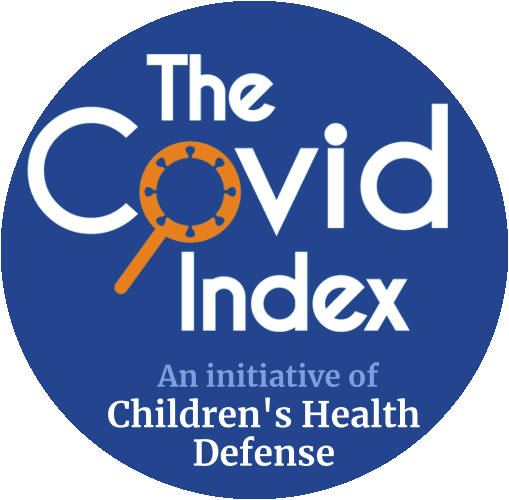"Introduction
In our study, we performed a secondary safety analysis of different COVID-19 vaccines and mRNA injectable products from several very large UK data sets. The original published studies of these datasets, done at the height of the COVID vaccine rollout period and with privileged access to these huge datasets, did not perform such analyses.
We assessed confidence intervals of the ratio of hazard ratios for the following published studies: Ip et al. (45.7M participants), Whiteley et al. (45.7M), Horne et al. (7.6M), Parker et al. (427K), and Hulme et al. (2.7M)...
Results
... Recipients of the AstraZeneca Product have a measurable increased risk compared to the Pfizer Product of: acute myocardial infarction, intracranial venous thrombosis, ischaemic stroke, lower limb deep vein thrombosis, pulmonary embolism, subarachnoid haemorrhage and haemorrhagic stroke, thrombocytopenia, and (everywhere that it was measured) mortality. All these conditions negatively and substantially impact quality and/or length of life.
Ip has 17 authors. Also listed is the CVD-COVID-UK/COVID-IMPACT Consortium, a group of over 400 members across more than 50 prestigious institutions. Prominently included is Oxford, which had immense proprietary interest in the AstraZeneca vaccine. Also listed is the UK Research and Innovation funded Longitudinal Health and Wellbeing COVID-19 National Core Study. Ip utilized data from the National Health Service (NHS), the second largest single-payer healthcare system in the world. The paper was published in Nature Communications, one of a family of high-impact journals that reaches 55 million people monthly. Ip was the product of preeminent scientific entities.
The Ip authors were granted public funds and access to an immensely powerful dataset at a critical period during the COVID-19 era. As health scientists, they were entrusted to impartially and thoroughly study the safety of the COVID-19 vaccines. They had a professional and ethical responsibility to make a genuine contribution to human health, and they were equipped to do so. It was a golden opportunity.
Instead, they created and carried out a study that was biased by design, one that served a narrative of 'cardiovascular safety' that does not fit the actual data. Ip omitted known data signals showing increased mortality. They chose not to perform the obvious and necessary secondary evaluation of the different COVID-19 injections being investigated. They left that work to be done by others, long after the fact, without benefit of the primary data.
Ip serves as an object lesson in the biased-by-design nature of the state-sponsored research undertaken during the COVID-19 era. As authorities in the United States and elsewhere call for reform in medical research away from tendentious and willfully misleading study design and execution, Ip will also serve as a key example of the fatal flaws inherent in current medical research methods."
About hazard ratios
https://www.sciencedirect.com/topics/medicine-and-dentistry/hazard-ratio
"Hazard ratio (HR) is defined as the ratio of incidence density between exposed and unexposed patients, often used to assess mortality by measuring the time from diagnosis or treatment start until death...
In the situation where the hazard for an outcome is exactly twice in Group A than in Group B, the value of the hazard ratio can be either 2.0 or 0.5. The result of the calculation (whether HR=2.0 or 0.5) depends on whether the investigator chooses to calculate the ratio of hazards for [Group A]/[Group B] or, alternatively, to calculate the ratio of hazards for [Group B]/[Group A]...
The numerical value of the hazard ratio expresses the relative hazard reduction achieved by the study drug compared to the hazard reduction by the control treatment. The numerical value can be a fraction of 1.0 or it can be greater than 1.0. For example, a hazard ratio of 0.70 means that the study drug provides 30% risk reduction compared to the control treatment. A hazard ratio of exactly 1.0 means that the study drug provides zero risk reduction, compared to the control treatment."
© 2025 by the author(s).
Distributed under a Creative Commons CC BY license.
